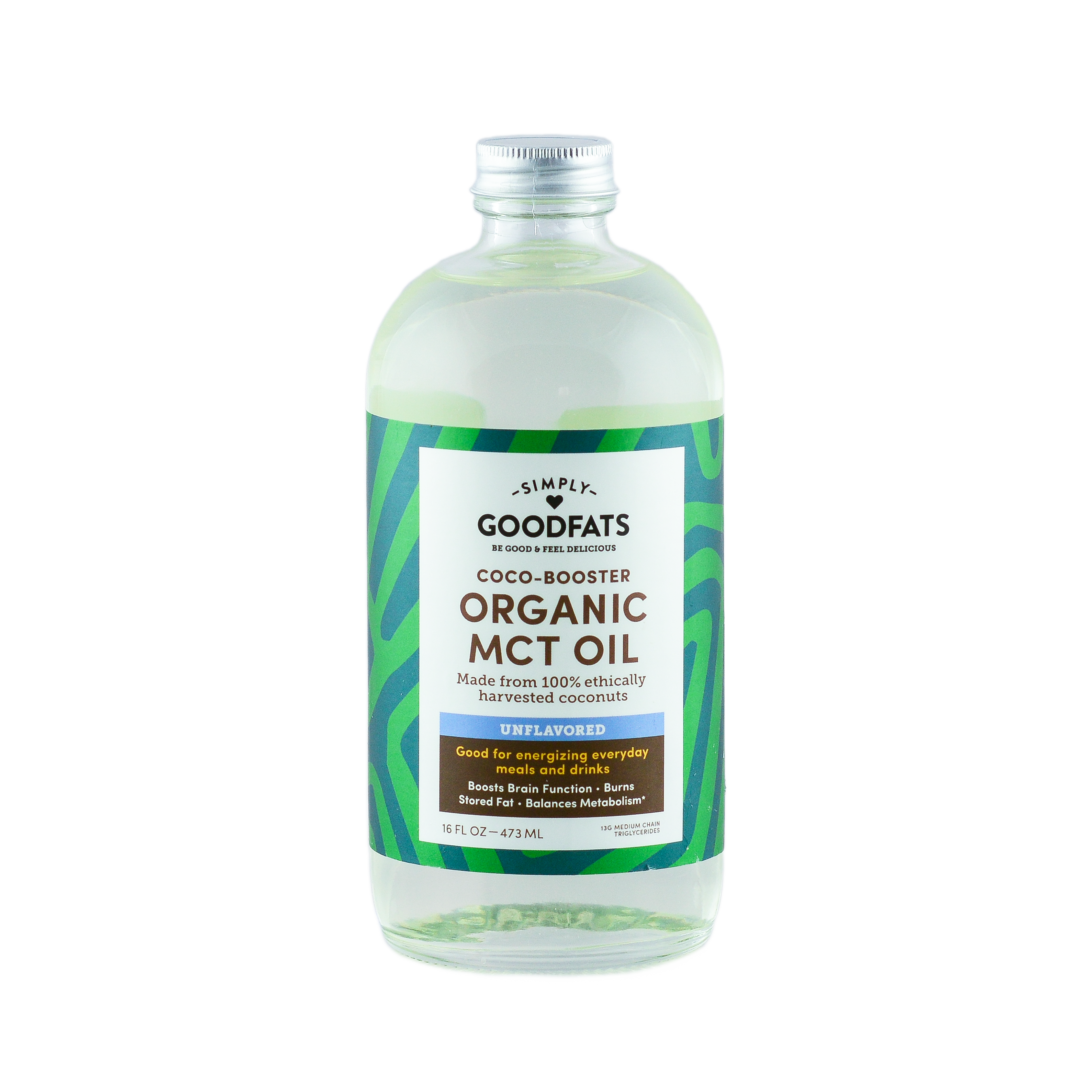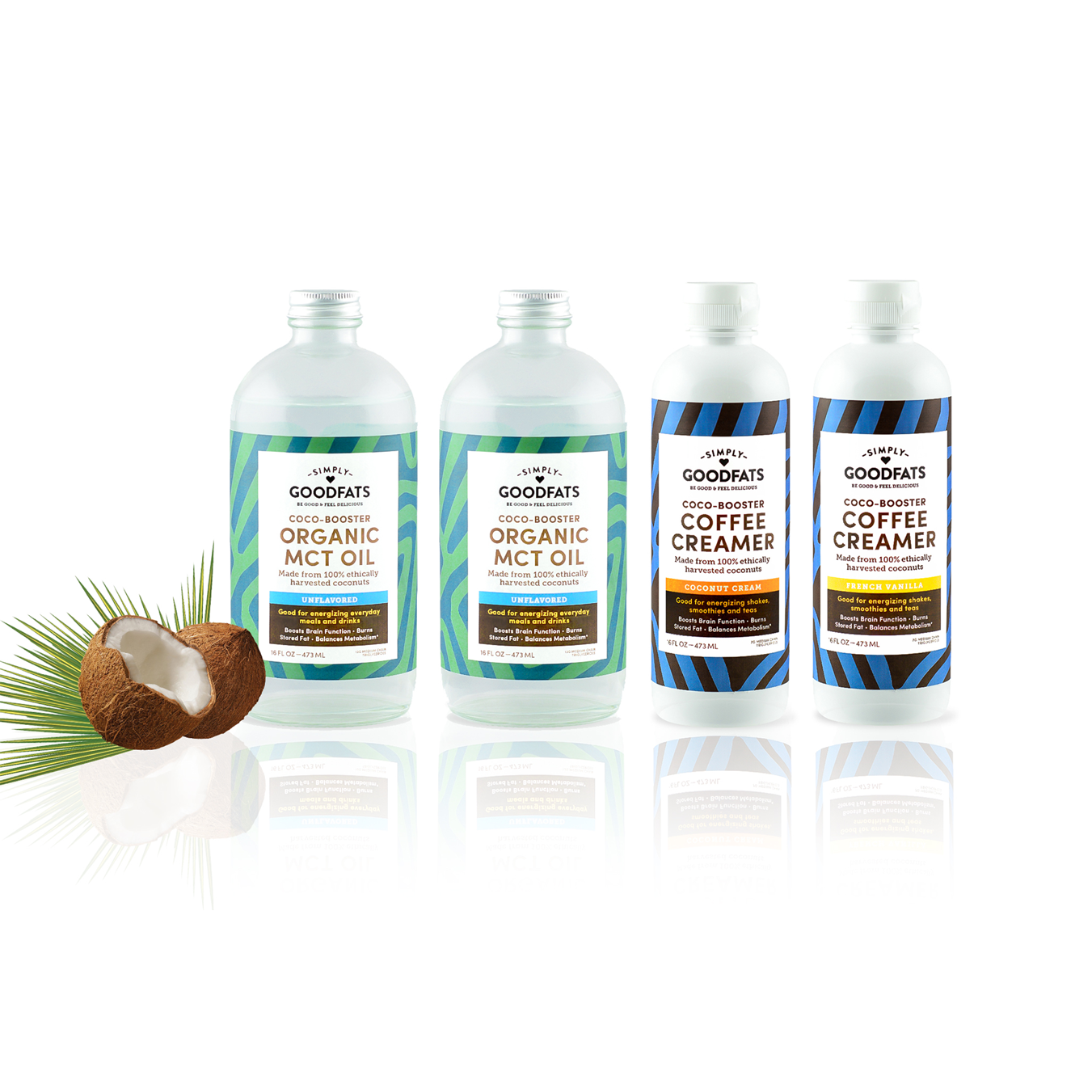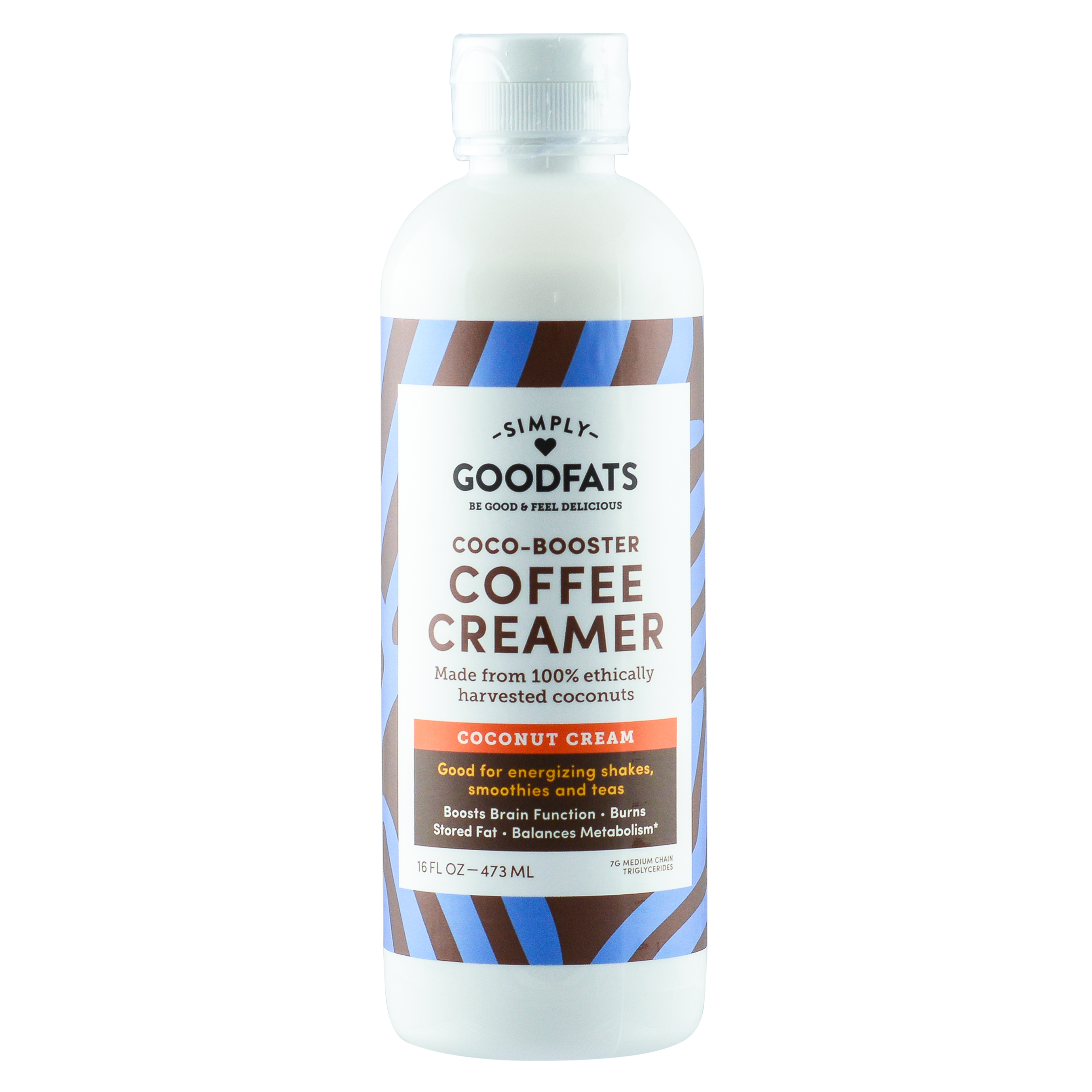Potency: What am I buying?
September 12, 2018
Posted by Simply GOODFATS
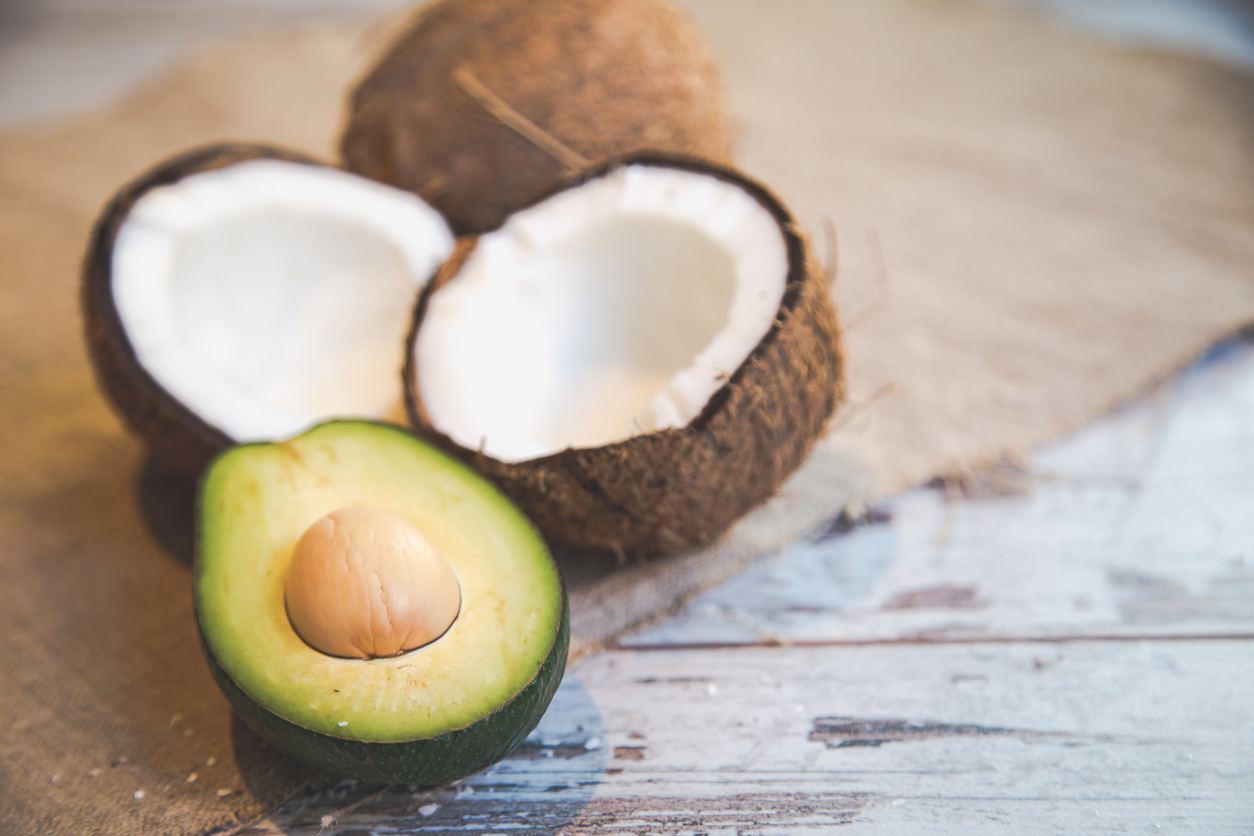
The headlines show that awareness on the benefits of MCT oil and coconut oil are still not mainstream knowledge, and also that some of the products on the market are not processed with purity and quality in mind. Issues in the coconut supply chain range from harsh residue of solvents being found in the oils, rancidity, and lack of potency. It is important for consumers to inquire with brands about their processes to ensure they are incorporating a high-quality product to achieve the maximum health benefits.
Like many brands, we’ve been asked questions on these topics by consumers like you who are trying to select the best product for themselves and/or their family. We value transparency, we love to discuss our processes and quality standards and on top of that, we feel a sense of responsibility to enlighten consumers on the common practices within the industry and what to look for. Our hope is that after reading this series of articles this week you’ll have a better understanding and make an informed decision on the oils you’ll be using in your home.
This series of articles will focus on three different areas of selecting an MCT or coconut oil: purity, potency, and processing. This article will focus on potency and understanding what each MCT chain does for the body.
How do we ensure potency:
So the first thing to address, before discussing each MCT chain, is how we ensure potency. As we discussed in the earlier portions of this series of articles, we use both the best processing available to us in the market and take steps to ensure that the product is pure. Through these two processes already addressed we ensure that the MCT oil you’re receiving is the very best available.
What does each MCT chain do?
Beyond just discussing this quick note on potency though we wanted to discuss the benefits each MCT chain provides. C8, C10, and C12 each bring to the table their own unique benefits and as such we do include all three in our MCT oil in a ratio that is extremely beneficial. Let’s discover the benefits of each:
C8, Caprylic Acid, is the energy star of the three oils. C8 is responsible for the energy burst you feel quickly after consuming MCT oil as C8 is rapidly converted within the body to ketones. Many individuals notice increased mental clarity, focus, and a stable energy source for a few hours after taking C8 oil.
C10, Capric Acid, is a powerful booster to the immune system. The oil does a terrific job in helping to reduce the volume of candida in the gut, as it was found in a 2001 study to rapidly destroy all three strains of the fungus. In addition, C10 provides an immune boost to adults as it does in newborns. We do know that mothers transfer C10 to their infants to help the baby fight infection, and the antimicrobial properties of C10 make it likely that the oil provides the same benefit to adults.
C12, Lauric Acid, provides a strong antimicrobial defense as well with this acid’s properties being more focused on viral and bacterial. The main reason we include C12 though has to do with its ability to assist in weight loss. As the longest chained of the MCT oils, C12 takes the longest for the body to breakdown into energy. Because of this it is also the oil that provides additional energy when C8 begins to wear off. Plus, C12 helps improve satiety by providing that longer flow of energy which C8 and C10 alone cannot provide.
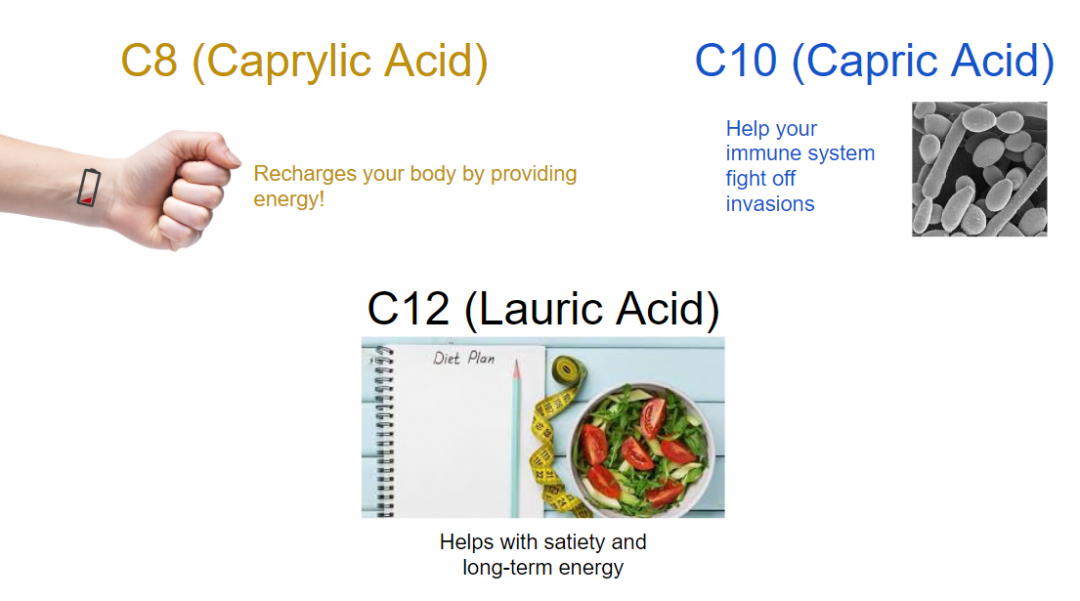
Product(s) mentioned in this article
Other blogs
Why Processing Matters: Know the Most and Get the Most Out of Your Oils
ShareShareTweetPin
The Purity of the Product
ShareShareTweetPin
Unlocking MCT Oils to help regulate blood sugar
ShareShareTweetPin


